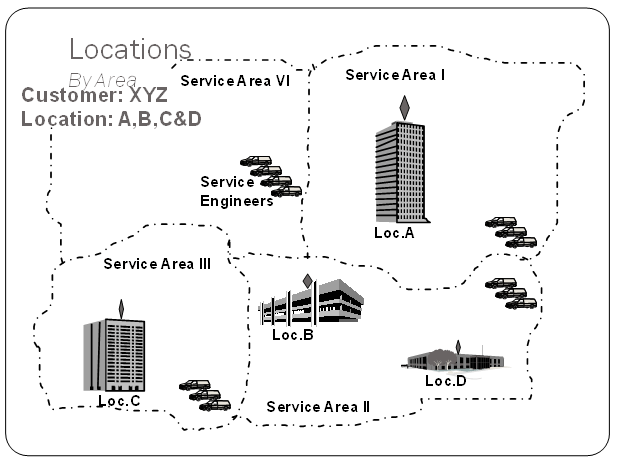ERP Service Module – Call Handling and Service Orders Control
April 3, 2025
 ERP Service Module – Call Handling and Service Orders Control
ERP Service Module – Call Handling and Service Orders Control
Call Handling Proper operation of a help desk is an essential component of proper servicing and resolution of problems. Service module of an ERP system assists organization to respond promptly both in respect of internal and external customers and gain valuable management data which helps in retaining customers as well as improve internal operation of…
 Why are Companies Constantly Upgrading their ERP Systems?
Why are Companies Constantly Upgrading their ERP Systems?
Enterprise Resource Planning (ERP) is the lifeblood of any business today. Any business, be it a medium scale enterprise or a multinational corporation relies extensively on the use of Enterprise Resource planning systems. This is the reason why these systems tend to be very expensive. There are mega-corporations like SAP and Oracle, which make billions…
 Users Interface and Users Management in ERP System
Users Interface and Users Management in ERP System
Users interface directly impact usability of an ERP system. A properly designed user interface provides proper accessibility to the intended functions of the system and enables execution of transactions. Earlier users accessed the system with dumb terminals (ASCII) which had lot of usability deficiencies and this led to subsequent adoption of Graphical Users Interface (often…
It is of utmost importance for any business enterprise to maintain their existing customers. A proper after sales service through quick response prompt delivery is needed for enhancing customer satisfaction. Service need may encompass scheduled as well as unscheduled maintenance, warranty management, defect identification etc.
Salient feature of a service related module:
Overview of ERP service module - This is best illustrated by the following schematic diagram:

It may be seen from the above that an ERP service module constitutes of following major components
Master Data Management: Master data management is used to set up service module and broadly consists of maintaining general service data, service organization data and service items data as per following details:
General Service data:
Service organization data: Service Centers
A typical service organization is depicted by the following schematic diagram:

Service item data: Following details are recorded under service item data:
Configuration Control (Installations) - Service bill of materials is used for maintenance of a standard product. For customized items a configuration which define product structure and consists of various objects, is needed to be defined. The concept is best illustrated by the following schematic diagram:

With the Item data of a delivered product and the customer (location) data, a Configuration is generated by entering a Configuration Code. Object is a component of a configuration which is an item sold plus its serial number. Warranty, replacement, and history of repairs are directly associated with objects. Objects are controlled by versions and version control is used to keep structural changes of a configuration.
Your email address will not be published. Required fields are marked *